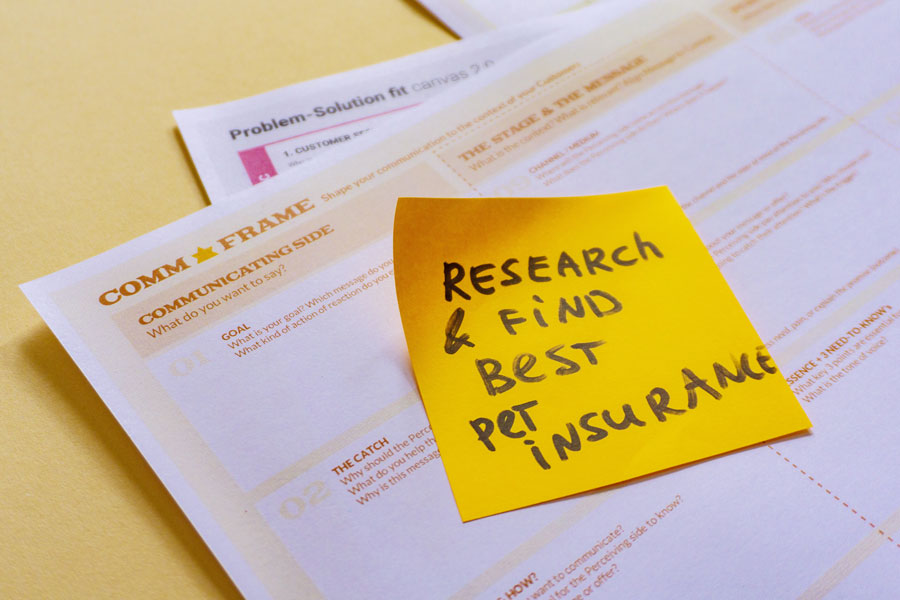
New pet theft laws to tackle rise in abductions since Coronavirus began
September 17, 2021
Why start-ups are outdoing big insurers in the pet insurance market
October 26, 2021New FCA regulations are coming into force at the end of this month in the home and motor insurance markets. They will ensure renewal quotes for existing customers in these markets are not more expensive than quotes for new customers. The regulations will improve competition and protect home and motor insurance customers from so called “loyalty penalties”, as many firms routinely raise prices for existing customers each year when they renew policies. The FCA estimates these measures will save consumers £4.2 billion over ten years. Pet insurers may now consider whether similar regulations are likely to be applied to their market sector over time.
Major issues for pet insurance
The critical difference with pet insurance is that pets get older over time and the older the pet, the greater the risk of claims. This means a reasonable annual increase in premiums might be expected by the policy holder, to reflect the increasing age of the pet. This raises two key issues. The first is deciding what is a “reasonable increase”. The second is the issue of pre-existing conditions. Often, switching insurer is not a viable option for pet owners who have pets with pre-existing medical conditions because the new insurer will not cover these conditions. The pet owners are then stuck with their current insurer for the rest of their pet’s life, leaving them potentially facing increased premiums every year with little option to change insurers.
However, it is noteworthy that some pet insurers are pricing in the future claims of a pet at time of sale and in doing so can offer a much more “stable” product to consumers where the premium is effectively fixed for life. So while the policy is initially more expensive at the start, the end customer knows there will be no nasty price hikes in the future. Perhaps this is a path the FCA might consider?
Digitisation helps improve decision making
This is an issue that the pet insurance industry needs to address, and digitisation may help by improving access to data. As more information on pets, their susceptible conditions and long-term cost is gathered, insurers can make better decisions on pricing their products. For example, if a dog has arthritis, insurers may be able to aggregate the impact of this condition across millions of animals and generate a more realistic assessment of likely future claims.
If this is the case, not only might current pet insurers be able to offer more comprehensive and better value insurance to current customers. But new insurers may also be able to offer cover for pre-existing conditions at a more competitive and fairer rate. Rather than insurers being scared off covering pre-existing conditions, they will be well informed about the likelihood of future claims and able to cost accurately against this. This could lead to more fairly priced policies for owners of pets with pre-existing conditions, which can only be a good thing for owners and their pets.





